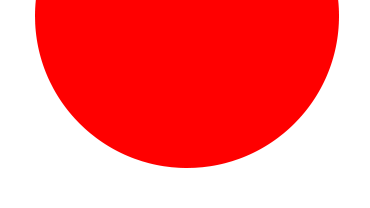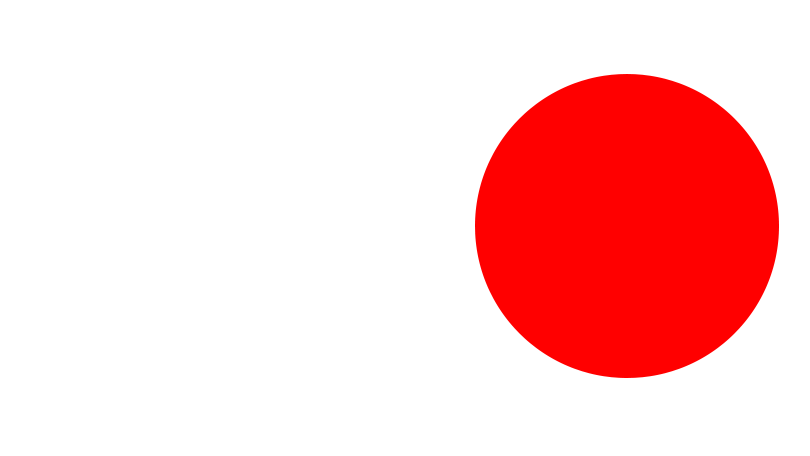The paintings of the Chilean-Finnish artist Pablo Riestra (1979) are a blend of the glaring din on the background colors we can see in Pop Art, the innocence and simplicity of the relation between a flower and its vase like in a Haiku poem, as well as a signature type of distortion and disproportion in some figures. Something about it could refer us to the Mannerism movement during the High Renaissance.
The source of these paintings, it's references, make sense in the light of a rather common practice but relevant, nevertheless, which has been in constant use in Art History. Artists create their own paintings using the images of others. The “found archive” or the “found footage” –a common practice during the 1970 ́s and 1980 ́s– has been replaced by downloading images from the web. Thus, Riestra becomes a digital image collector who ́s interest crosses the threshold of the flashing flow on our screens, to make a stop at specific schemes which have helped him to better his style.
The images Riestra collects from social media, applications and sometimes from his cellphone refer to a domestic setting. This is because we detect household objects in his paintings but also because these domestic items are not only some flowers or portraits of people in certain interior spaces, but also these domestic settings are present in Riestra ́s work of saving, selecting and warehousing images.
We have familiarized our eyes to seeing Nature through screens, we have indoctrinated our sight without questioning the way images are presented to us by the media. We often let pass chromatic or lenticular aberrations of cameras, and at the same we forget the
things we are observing have already been distorted. It seems that in digital images there is nothing but a domestic surface of reality. A reality which becomes a source of desire shared through the web. Looking from this perspective, the deformities in Riestra ́s paintings makes sense and fits the lengthening of vases, the distortion of stems and a certain inaccuracy in the shape of petals; just like in the neck of the mysterious guy in Riestra ́s provocative painting Profile I: a pictorial gesture which also brings to our mind the distortion in the representations of the homosexual embodiment or masculine embodiment on an application like Grindr.
That said, the work of Pablo Riestra combines an interest in what is constructed with those alterations both conceptually and pictorially, even optically; this last one being an excuse to make colors vibrate and alter their hues –as on a screen in some cases–, presenting something close to the negative of an image. As if Riestra was showing us something kept hidden. A sort of X-ray or Rorschach test asking each of us to tell what it is we are hiding behind our own images.









